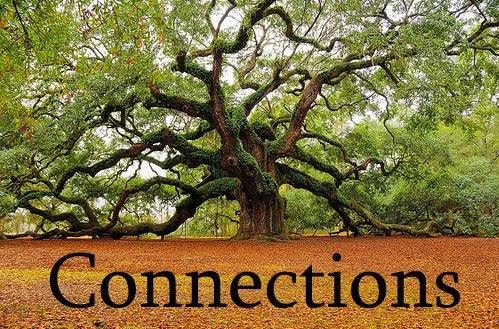Jesus answered and said unto her, Whosoever drinketh of this water shall thirst again: But whosoever drinketh of the water that I shall give him shall never thirst; but the water that I shall give him shall be in him a well of water springing up into everlasting life. John 4:13-14
There were different types of water found in the land of Israel . Cistern water was rainwater trapped in pits dug into rock and plastered to prevent leakage. Most homes and public buildings had them. The water was often dirty, having flowed from roofs or streets into the cistern. This source of water was not dependable because one season it might not rain or the plaster might leak and the water seep away.
Running water, especially spring water, was different. It stayed fresh and clean. And most springs were dependable, providing water year round. This constant fresh source of water was called “living water,” probably portraying its life-giving qualities as well as its constant freshness. God provides (and is described as) living water (Ps. 107:9; Isa. 35:6-7, 58:11; Jer. 2:13; Zech. 14:8; John 4:13-14, 7:37 -38).
Living water was cleansing (Lev. 15:1-3). The ritual bath of Jesus’ day, the mikveh–used before coming into the presence of God at the Temple or to the synagogue worship service–contained flowing water, or living water. John the Baptist’s choice of the Jordan River for his symbolic cleansing likely was based on the need for fresh, moving water to symbolize cleansing. Jesus described himself as living water (John 4:13 -14, 7:37 -38), and the people of his day understood the meaning.
Only God could provide living water. It would not fail to satisfy any thirst.
With the idea that 'living water' was water in motion and thus aerated, it is interesting to obseve the water source used in sacred washings.

No comments:
Post a Comment